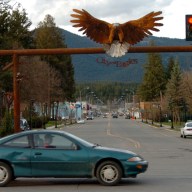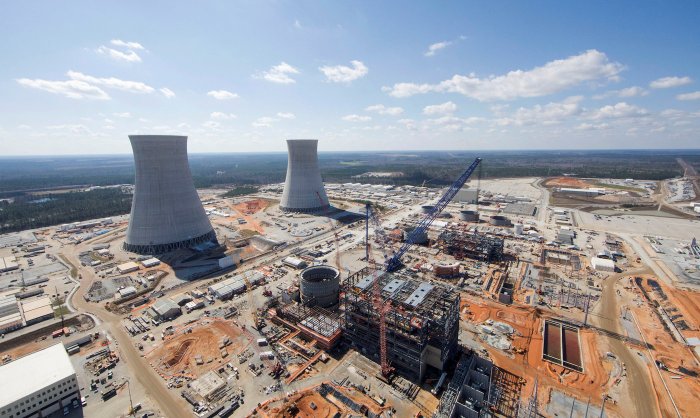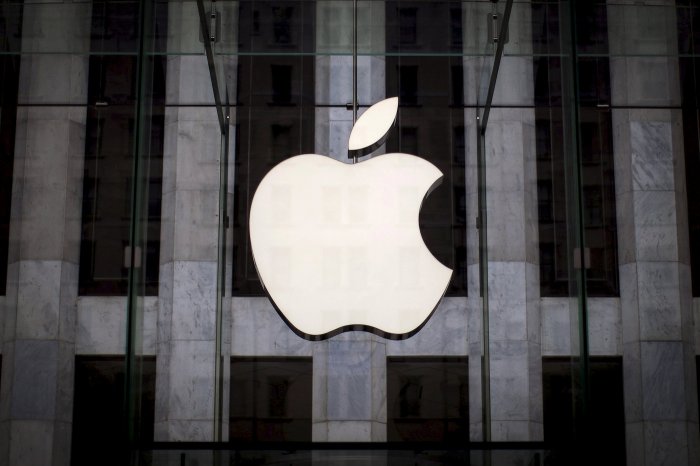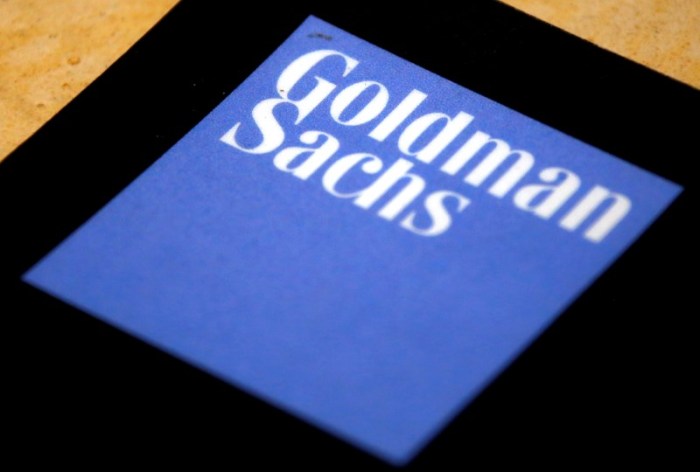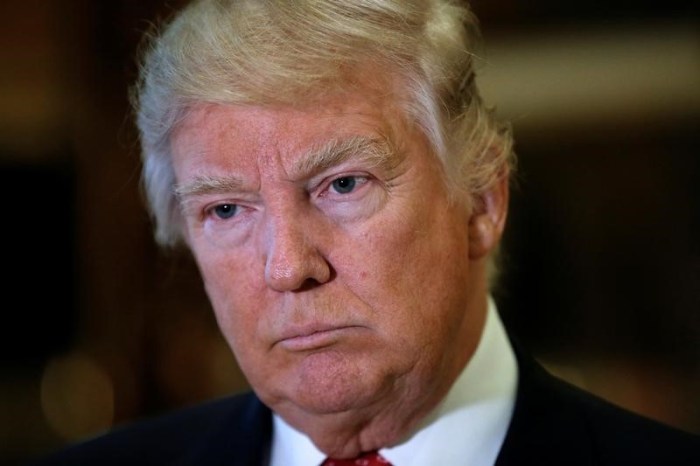By Howard Schneider
WASHINGTON (Reuters) – Evidence that the U.S. neutral rate of interest remains stalled near zero may slow Federal Reserve rate hikes even more than expected, tying the hands of policymakers until a rebound in global demand or other forces raise that key measure of the economy’s underlying strength. Though difficult to estimate precisely, the neutral rate is the point at which monetary policy neither encourages nor discourages spending and investment, and is thus a key measure of whether a given federal funds rate is stimulating or restricting the economy. With the Fed still trying to encourage spending, investment and hiring, a low neutral rate means the Fed has less room to move before that stimulus is gone.
Fed estimates published online show little consistent movement in the neutral rate in recent years even as the labor market tightened and growth continued above trend, confounding expectations that it would move higher in an economy expanding beyond potential. Officials cite a variety of possible explanations, but the result is the same: until policymakers are satisfied that the neutral rate is moving higher, they face an effective cap of 2 percent or even less on the federal funds rate. Coupled with a 2 percent inflation rate, the Fed’s target, that would put the “real” federal funds rate at zero. If inflation remains below target, the ceiling on the Fed would be that much lower as well. That is a far cry from the 3.5 to 4 percent that the Fed’s policy rate has averaged since the 1990s, and means the central bank will treat each move with particular caution, current and former Fed officials say. It also means the central bank would be stuck near zero, and more likely to have to return to unconventional policy in a downturn; it could also force discussion of whether to raise the inflation target in order to try to push the entire rate structure higher. In recent remarks Governor Lael Brainard and Chair Janet Yellen laid responsibility for the low neutral rate on a variety of factors, including the United States’ aging population, weak productivity, and weak global demand that may anchor U.S. rates until the rest of the world recovers. Though Fed officials have tended to treat the low neutral rate as one more cyclical problem that would eventually disappear during a sustained recovery, “it now appears the neutral rate may be historically low for some time to come,” Brainard said earlier this month. “If that is true it means we are closer to neutral today than we thought we were, which means the appropriate path of policy is likely to be more gradual and more shallow…What seems the most clear-cut observation is that we are going to want to engage in a fairly cautious approach.” The Fed has been waylaid more than once in its rate hike plans by the state of the global economy, and is expected to delay any hike again at its meeting that ends Wednesday in part because of Britain’s upcoming vote on whether to leave the European Union. But recent data and Fed discussion of the neutral rate show the more chronic influence that low global rates and weak global growth may exert on the Fed’s effort to return U.S. monetary policy to a more normal setting. According to the economic model typically cited by Yellen and others in discussing the neutral rate, conditions are ripe for the neutral rate to move higher and give the Fed the room it needs to raise rates. That model, developed by San Francisco Federal Reserve Bank President John Williams and the board’s Monetary Affairs director Thomas Laubach, estimates that the inflation-adjusted size of the U.S. economy moved beyond its potential nearly two years ago, and that the positive “output gap” has been growing larger. In general a larger output gap would produce a higher estimate of the neutral rate. However, in the time since the economy moved beyond potential in 2014, the model’s estimate of the neutral rate has remained below zero in all but the first quarter of this year. In a footnote of the published version of recent remarks Yellen made in Philadelphia, Yellen cited “persistently weak growth abroad, the high exchange value of the dollar, low rates of household formation, and weak productivity growth” as key reasons why she thinks the neutral rate is depressed. BONDS DIP TO NEGATIVE YIELDS
As the Fed contemplates when to move next, the dynamics working against it were obvious this week when the yield on Germany’s 10-year bond dropped into negative territory, helping keep the spread between it and the U.S. 10-year Treasury note near a euro-era high. That gap in risk-free yields and the United State’s general performance relative to Europe and Japan, has driven the dollar higher, curbed U.S. exports, and may have fed through to the recent hiring slowdown in the U.S. industrial sector – all factors that could help depress the neutral rate. A move higher in U.S. target rates risks reinforcing those trends, likely leading the Fed to feel its way forward until Europe and Japan can also move from the zero lower bound – a day that may be far in the future. “If anywhere along this path international conditions or skittishness become such that the dollar takes off and capital flows disrupt a weak world and all of that affects inflation and job gains, then we will have a real fundamental question for them to resolve,” said Jon Faust, a Johns Hopkins University professor and former advisor to the Fed board. “How hard do we push on going it alone?”
(Reporting by Howard Schneider; Editing by Andrea Ricci)










